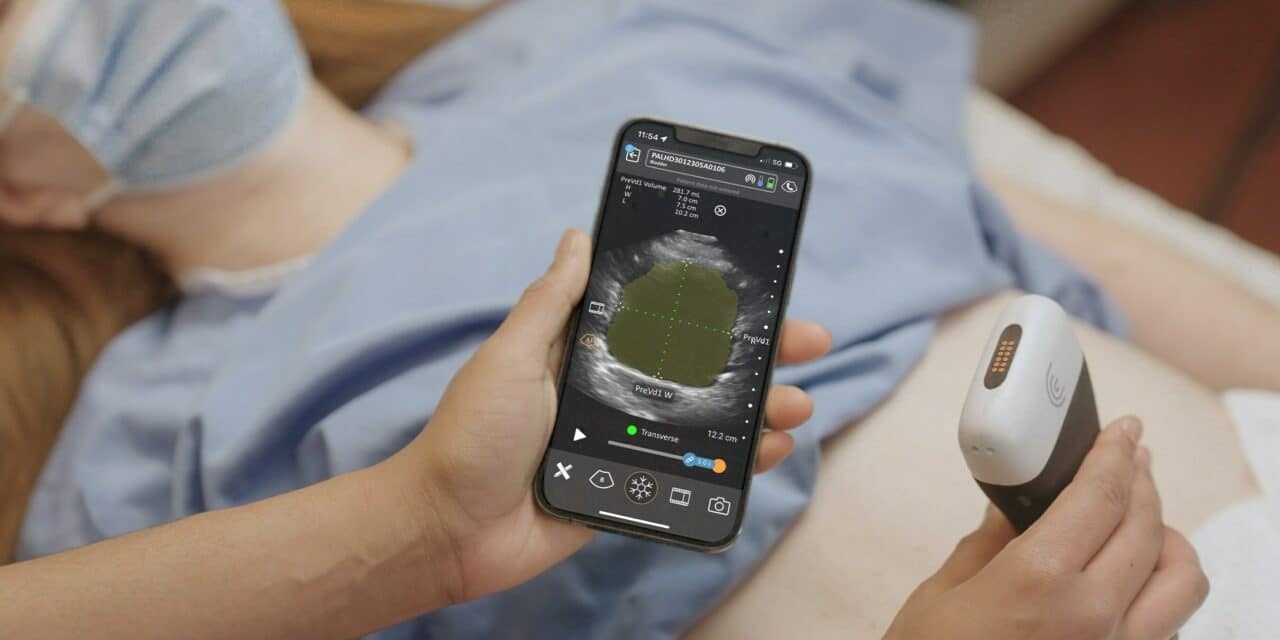1. What are the latest advancements in AI integration within handheld ultrasound scanners?
AI integration in handheld ultrasound scanners is revolutionizing diagnostics by enhancing image quality, improving diagnostic accuracy, and offering real-time analysis.
Companies like Samsung Medison and GE Healthcare are at the forefront, incorporating AI algorithms that assist in automated image interpretation, reducing the need for highly specialized skills during scanning.
For instance, Samsung's RS85 Prestige system uses AI to enhance liver stiffness measurements, which is critical for diagnosing liver fibrosis.
Additionally, Butterfly Network's iQ+ leverages AI to simplify the acquisition and interpretation of complex images, making the technology more accessible to a wider range of healthcare professionals.
These AI-driven innovations are not only improving diagnostic accuracy but are also making handheld ultrasound scanners a vital tool in telemedicine and remote diagnostics.
2. How are companies like GE Healthcare, Philips, and Butterfly Network adapting their business models to accommodate the growing demand for handheld ultrasound devices?
As the demand for handheld ultrasound scanners surges, companies are shifting from traditional one-time payment models to subscription-based services. This model allows for ongoing revenue streams through software updates, AI enhancements, and tele-ultrasound platforms.
Philips' Lumify is a prime example, offering a subscription model that includes a handheld device coupled with a comprehensive cloud-based platform for storing and sharing images.
GE Healthcare is also expanding its digital ecosystem by integrating its handheld devices with telemedicine platforms, enabling real-time consultations and remote diagnostics.
This business model adaptation is crucial for maintaining profitability in a competitive market and meeting the evolving needs of healthcare providers.
3. What role do mergers and acquisitions play in shaping the future of the handheld ultrasound market?
Mergers and acquisitions (M&A) are pivotal in consolidating the fragmented handheld ultrasound market, driving innovation, and expanding market reach.
Recent M&A activities include FUJIFILM's acquisition of Hitachi's diagnostic imaging business, which has bolstered FUJIFILM's product portfolio, particularly in handheld ultrasound technology.
Similarly, Butterfly Network has been involved in strategic partnerships and acquisitions to enhance its AI capabilities and expand its market presence.
These M&A activities are not only helping companies to expand their technological capabilities but also to enter new markets, thereby driving the overall growth of the handheld ultrasound scanner industry.
The Handheld Ultrasound Scanners market size is expected to grow from USD 7.78 billion in 2023 to USD 12.29 billion by 2032, reflecting a compound annual growth rate (CAGR) of 5.21%.
4. How are handheld ultrasound devices being tailored to meet the needs of diverse medical fields, such as cardiology, obstetrics, and primary care?
Handheld ultrasound devices are being increasingly customized to cater to specific medical fields, enhancing their utility across various specialties.
For example, Siemens Healthineers has developed specialized handheld scanners with features tailored for cardiology, including advanced Doppler capabilities for assessing blood flow and cardiac function.
In obstetrics, companies like Philips and GE Healthcare are focusing on improving fetal imaging through AI-powered enhancements that provide clearer, more detailed images, which are critical for early diagnosis and intervention.
Moreover, Clarius Mobile Health offers a range of handheld devices that are designed for primary care settings, providing a cost-effective solution for point-of-care diagnostics that can be used in remote or resource-limited environments.
For more information visit at MarketResearchFuture
Other Trending Reports
Surgical Instrument Tracking System Market



